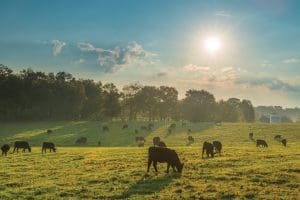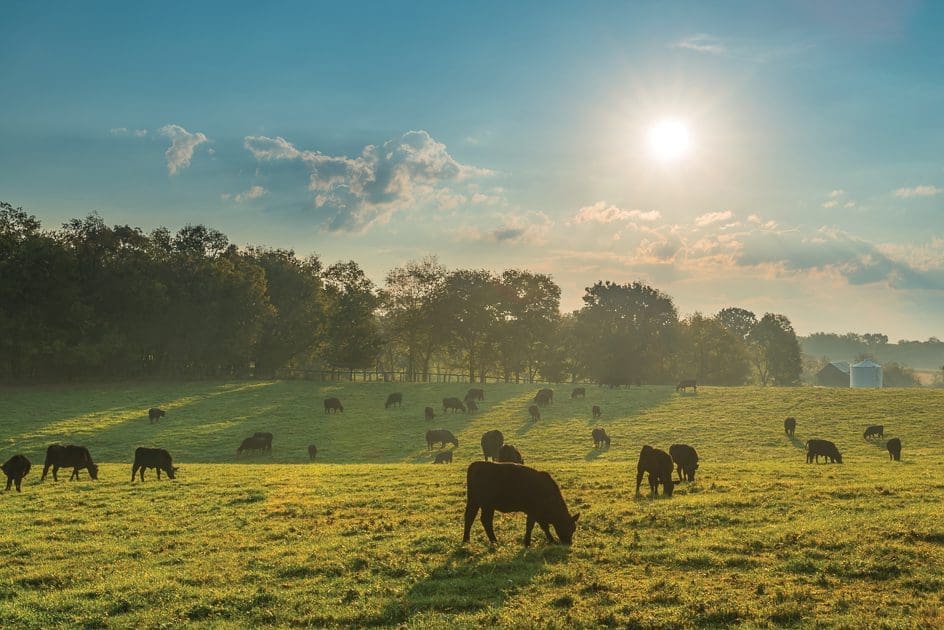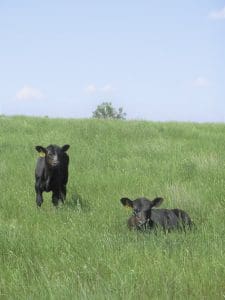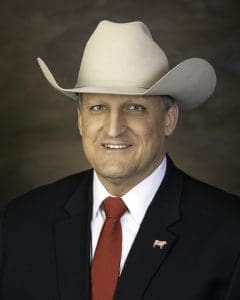
By Burt Rutherford Contributing Editor
The beef-dairy boom has been a win-win all the way around. It’s a win for dairies, adding significant value to bull calves that previously had very little value. It’s a win for feedyards, allowing them to maintain inventory with a higher value feeder steer than a straightbred dairy animal. And it’s a win for consumers because they continue to enjoy an ample supply of high-quality, tasty beef.
But is the beef-dairy boom a win for stocker operators?
The short answer is yes, according to Paul Beck, Ph.D., Extension animal nutritionist at Oklahoma State University (OSU). But with some considerations.
In spite of the positives, there’s a perception that the beef-dairy crossbred calves aren’t suited for the stocker phase. To find out, OSU researchers acquired dairy-beef hybrid steers from Land O’ Lakes Calf Milk Research Facility at Grey Summit, Mo., at 12 weeks of age and transported them to Willard Sparks Beef Research Center (WSBRC) in groups of 70 to 72 steers. Alternating groups of steers were placed either directly on a total-mixed-ration feeding program at 280 pounds for finishing (FIN) or were put out on high-quality pasture and supplementation for 5 to 6 months (GRW/FIN). Once GRW/FIN steers reached 675 to 750 pounds, they returned to WSBRC for finishing.
Steers placed directly on feed in FIN treatment took 312 days to finish and weighed 1,427 pounds when harvested at 406 days of age. Those steers gained 3.65 pounds per day and consumed an average of 22 pounds of dry matter per day with 5.9 pounds of feed per pound of gain feed conversion. They graded more than 80 percent USDA Choice and Prime.
Steers placed on grass gained 1.75 to 2.25 pounds per day during the stocker period. During finishing, the GRW/FIN steers gained 4.23 pounds per day for 189 days on feed and were harvested at 1,485 pounds. Those steers consumed an average of 28 pounds of dry matter per day, and feed conversions were 6.5 pounds of feed per pound of gain. Possibly due to increased age at harvest, the quality grade of that group saw an increase to 94 percent USDA Choice and Prime.
The calves originated from dairies across the Midwest and were Angus sired for the most part, Beck says. “But there were some Simmental, some Charolais, some SimAngus and other breeds.”
Because the calves were long-weaned, essentially for three months before turnout, there weren’t any health problems, he says.
“They just have never been in a group,” Beck explains. “They’ve been housed, maybe two or three in a super hutch, and they’ve never been in a bigger pasture. They’re just used to a very small pen.”
To train them to be a herd, researchers put them in a group feeding system with feed bunks.
“We hand delivered the feed into the bunks like you would receiving regular stocker cattle,” he says. “You get them used to coming up to supplement, having long stem hay on one end of the pen, and then your feed bunks. And those that don’t come up, you almost need to push them up like you would an unweaned southeastern calf.”
Over about three weeks, the calves figure out how to be part of a herd and come up to the supplement.
“And then whenever you turn them out, probably don’t turn them out into a 1,000-acre pasture, but an 80-acre pasture that’s relatively open so you can find them and get them coming back up to you,” Beck advises. “And then keep supplementing. Even if it may not be nutritionally necessary; it just keeps them used to coming up.”
The reason the calves had acceptable gains on pasture is because their rumen is better developed than an early-weaned beef calf.
“If they’ve been brought up at the calf ranch and through the grower stage environment, the well-managed, designed programs do a really good job of developing the rumen,” Beck says. “If they don’t do a good job – if they’re not meeting their nutritional requirements and developing the calf – then that’s when we start having more issues – some leaky gut issues or just digestive upset types of problems.
“But we put those calves right on our receiving diet for about a week while we’re getting them in. And then our grower diet actually has a small amount of urea, which, by the book, is not what you’re supposed to do with the 3-week calf. But we feel like these calves have been long weaned. They’ve been brought up on dry diets after they’ve been weaned from the milk replacer. So their rumen development is much more advanced than what we would see with just a native beef calf on a cow,” he says.
However, he cautions, especially the really lightweight calves, they can’t just go with the same receiving diets as a 400- or 500-pound calf.
“If they’re a 200- or 300-pound calf, their nutrient requirements are substantially higher,” he says. “Those calves will eat a lot of feed compared to what we see with our native beef calves throughout the finishing period. It could be 30 percent higher than what we’d expect.”
Given the fairly high nutrient requirements, don’t back off on the nutrition for those real lightweight calves, Beck advises.
“And then as you get them growing and bigger, then [you] can back off from the higher protein levels. They do consume a lot of feed, but they will grow fairly rapidly.”
Beck and his fellow OSU researchers were pleased with how well the calves did, regardless of production system, as well as how their carcasses performed in the packing plant.
“So I feel like they’ll perform, but they’re a little bit different.”






